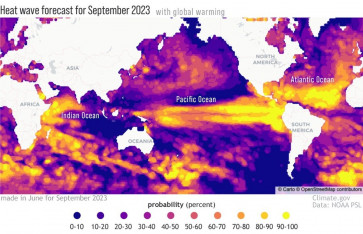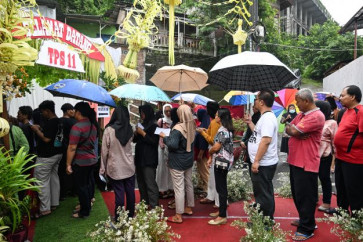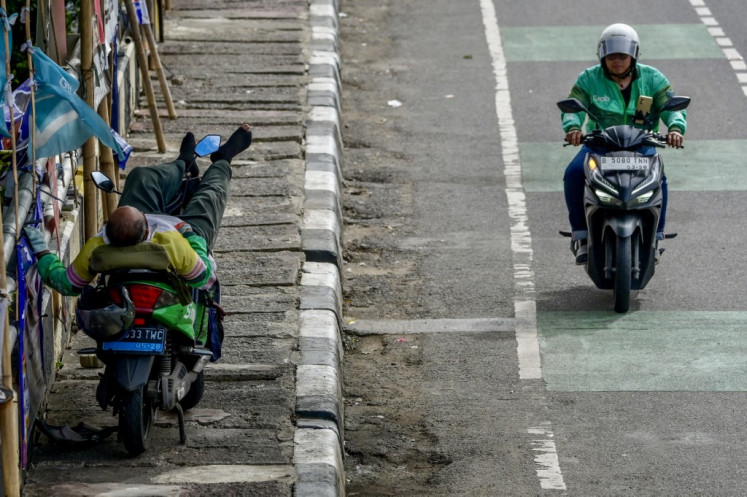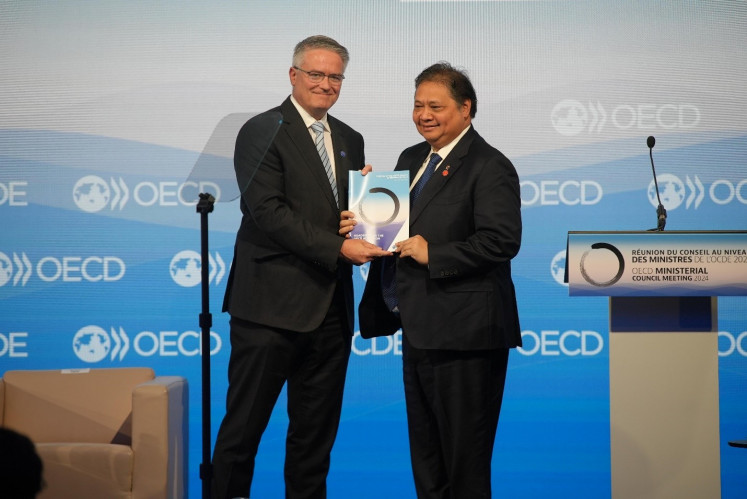Even with zero cases, Indonesia's remote regions feel the weight of COVID-19
The coronavirus knows no administrative borders. It has spread to 501 of the country’s 514 regencies and cities, including some remote regencies, prompting doctors to worry that the pandemic might spread further to remote areas and exhaust their already poor health infrastructure.
Change Size
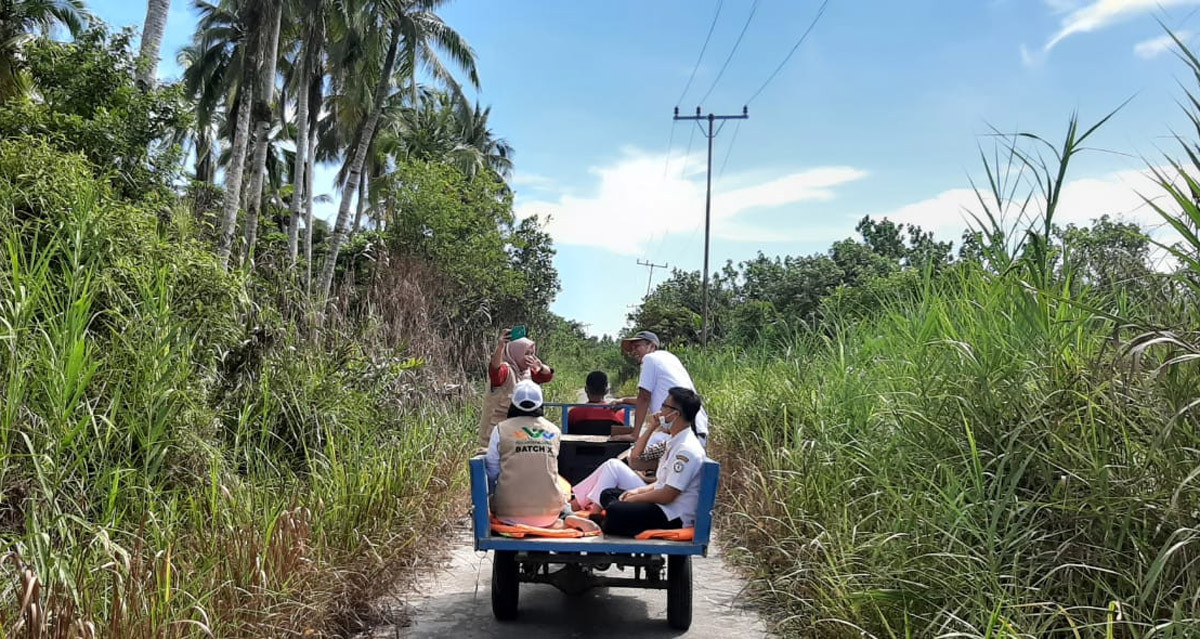 Doctor Laili Candrawati's team rides on a motorized tricycle to distribute COVID-19 information to villagers in the Hibala subdistrict of South Nias regency in North Sumatra. Medical workers in the region provide COVID-19 information otherwise unavailable due to a lack of access to electricity, television and the internet. (Courtesy of/ Laili Candrawasti)
Doctor Laili Candrawati's team rides on a motorized tricycle to distribute COVID-19 information to villagers in the Hibala subdistrict of South Nias regency in North Sumatra. Medical workers in the region provide COVID-19 information otherwise unavailable due to a lack of access to electricity, television and the internet. (Courtesy of/ Laili Candrawasti)
I
n May, two months after Indonesia reported its first COVID-19 cases in Greater Jakarta, more than 1000 kilometers away, a doctor was tending to an unconscious 50-year-old woman with a swollen belly. Her skin and eyes were turning yellow due to liver failure.
The doctor, 27-year-old Doni Trinanda, suggested that the family refer the woman to a hospital in Toraja, some seven hours away by car -- or even up to a day -- from their remote subdistrict of Pana in Mamasa regency, West Sulawesi.
But COVID-19 fears loomed over the family. They decided to sign an informed consent document allowing Doni to act on the patient with all its consequences, a common practice among Indonesian general practitioners in remote areas, given the limited resources.
The woman’s condition improved for a while following the treatment at a community health center (Puskesmas). She could joke and laugh along with Doni and her family, Doni said. But four days later, she died in her sleep.
“I cried. The patient had come weak and unconscious, and then [after treatment], she could eat and laugh. But [she passed away] because we were late in referring her [to the hospital],” Doni said in a phone interview on Thursday. “If only we had a hospital some 1.5 hours away from the Puskesmas; a better place to look after her, maybe she would have survived.”
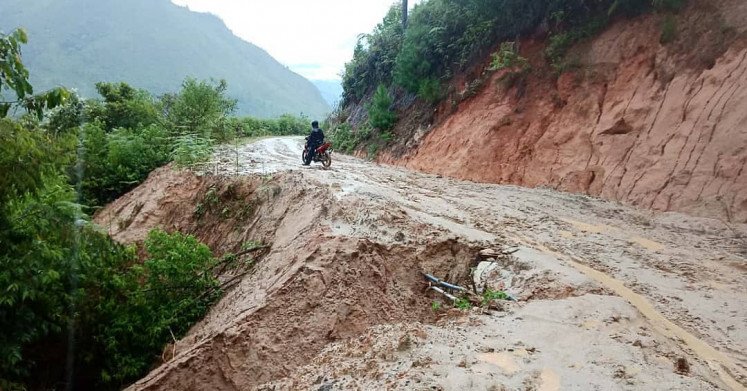
Doni has been deployed to Pana since 2018 as part of the Nusantara Sehat (Healthy Indonesia) program, which deploys doctors and other medical workers to remote regions to strengthen primary healthcare services.
The program lasts for two years, but even as Doni had left his post last month and returned to Jakarta, the Puskesmas in Pana -- the most advanced health facility in an area covering almost 11,000 people, still consulted with him, because there had yet to be a doctor replacing him.
The closest hospital in downtown Mamasa, about 10 hours away by car, lacked specialist doctors and did not perform surgeries -- meaning people there usually had to go further to Toraja for more advanced treatment. With the epidemic, preparation for referrals also took more time than usual, Doni said.
All of these are in addition to dirt roads, rain and landslides – common travel companions in the archipelago.
Read also: Health inequity persists after 75 years of independence
But the novel coronavirus knows no administrative borders. It has spread to 501 of the country’s 514 regencies and cities, including some remote regencies like Mamasa with 51 cases as of Oct. 24 and categorized as a COVID-19 orange zone with moderate risk of transmission.
Although mobility restrictions have been enforced to some extent, doctors interviewed by The Jakarta Post expressed concerns that the virus could one day spread further in remote areas and exhaust their already poor health infrastructure as people could still travel to these regions.
The COVID-19 pandemic has exposed Indonesia’s uneven distribution of health care, as seen in the number of health facilities, doctors and labs that are concentrated on the country’s most populous island, Java.
Indonesia’s 2019 Health Profile shows that medical workers in frontier, outermost and remote regions -- known as 3T regions that consist of 143 regencies and cities across 27 provinces from the total 514 regencies and cities across 34 provinces -- account for 13.9 percent of total health workers in the country.
These remote regions have 1,611 of the country’s total 29,613 specialist doctors and 5,383 of 51,398 general practitioners, the report says.
Indonesia, with some 271 million people, has 0.13 specialist doctors per 1,000 people, less than half the government's target of 0.28 per 1,000 people as part of its health reform program, according to the National Development Planning Agency. The figure for general practitioners is 0.52 per 1,000 people, less than half the target of 1.12.
And hundreds of them have been lost to the COVID-19 epidemic as of Oct. 24, when the country commemorated National Doctors Day.
Read also: Nation grieves deaths of medical workers
“Don’t forget us here in remote corners of the country. We’re often forgotten,” said Laili Candrawati, a 35-year-old doctor who also participated in the 2018 Nusantara Sehat program.
Laili was assigned to Hibala subdistrict on Tanahbala Island, the outermost part of North Sumatra province, and is located in South Nias regency, and recently returned to her hometown in Kediri, East Java.
To date, she remains concerned that there is still no doctor replacing her in Hibala, home to about 4,000 people. Even without COVID-19, people there commonly die in their 50s due to stroke.
Laili suspected that this was because Hibala residents still consume well water that contains too much calcium -- rather than drinking water, which often cost twice as much as that sold in Java.
The closest hospitals -- located on Nias Island and in Padang in West Sumatra -- are hours away, or even days away, in some cases. And passenger boat services are few and far between -- one is available twice a week and another every 10 days.
Whether boats could sail was also very dependent on the weather, Laili said.
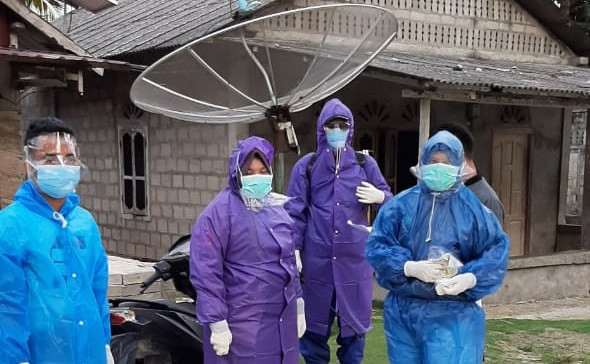
In emergency situations, people can pay Rp 2 million (US$136) for a trip by speedboat. But even that will only take them halfway to Nias, according to Laili.
Such high costs, sometimes coupled with people still trusting shamans more than doctors, kept many a resident away from prompt medical treatment, Laili said.
Read also: Testing gap across provinces slows down COVID-19 response in Indonesia
Hibala and other areas of Tanahbala Island have reported zero COVID-19 cases, but South Nias regency has recorded 81 cases as of Oct. 25 and is categorized as a moderate-risk zone.
As electricity, television and the internet remain a luxury in Hibala, Laili and her team directly distributed information on COVID-19 to the locals as part of prevention efforts.
“We were using whatever we had. There weren’t even paved roads. Because there were no cars available, we went either by motorbike or motorized tricycles, which were the most luxurious vehicle we had there. We used a loudspeaker and went around the villages,” she said.

